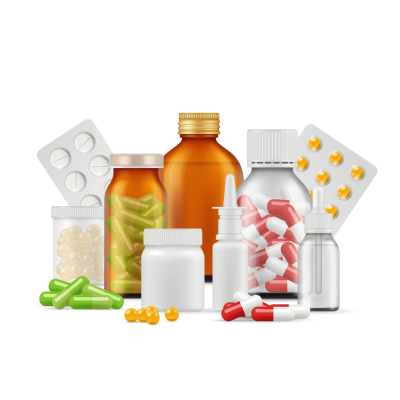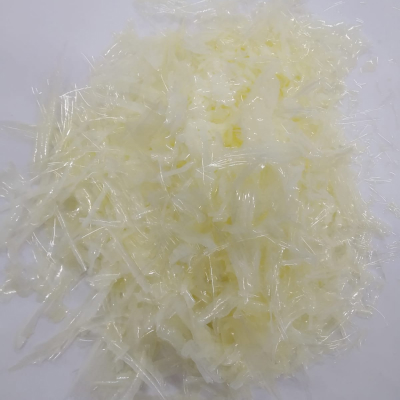Common drying techniques in pharmaceutical drying
Drying of pharmaceuticals is a typical procedure for increasing product stability. As indicated by the availability of various lyophilized items on the market, drying is typically achieved through freeze-drying. However, lyophilization has a number of disadvantages, including the long drying time, low energy efficiency, high capital and operating cost, and the product’s vulnerability to freezing and other processing-related stresses. Because of these constraints, researchers are looking for next-generation drying technologies that can be used with pharmaceuticals. Spray drying, convective drying, vacuum drying, microwave drying, and combinations thereof are among the various drying methods studied and used in pharmaceutical industry.

Freeze drying
The most widely used procedure for enhancing the stability of biopharmaceutical substances is freeze-drying, also known as lyophilization. Freeze-drying is used to make a number of commercially approved items. As a result, lyophilization is the gold standard against which all other drying procedures must be measured. Lyophilization, on the other hand, has a variety of flaws that limit its utility. Such limits can be overcome by altering the process or equipment design, or by employing other drying processes.
Spray drying
Spray drying is the most established alternative to lyophilization for drying. The procedure allows for the engineering of particle size and form (including morphology, surface area, and surface composition), allowing for delivery methods that would be impossible to achieve with other drying methods. Spray drying is also faster than lyophilization in the majority of circumstances. It enables for material processing under atmospheric pressure, which saves energy. Spray drying does come with a few specific drawbacks. Spray drying is more difficult to aseptically process than lyophilization. During atomization, the material is subjected to considerable shear stress, and the huge surface to mass ratio in droplets creates significant air–water interfaces where proteins might denature. Although the temperature of the evaporating droplet scarcely exceeds that of the wet bulb, dried material can be exposed to high temperatures in the collection vessel for extended periods of time. Additionally, if the end product has a very low residual water content, an additional drying procedure may be necessary, reducing the time and energy benefits for spray drying over lyophilization. Handling hygroscopic and/or electrostatically charged powders may also pose challenges. When contemplating its application for high-cost therapies, the fact that material recovery is less than 100% is also a concern. Nonetheless, appropriate process design can overcome many of these restrictions, demonstrating the huge potential of spray drying as a lyophilization alternative that could allow for continuous manufacturing.
Convective drying
Convective drying is the most basic of all drying methods. When exposed to air (heated or ambient), the solution/suspension is dried while the relative humidity of the environment is controlled. Probiotics, human platelets, antibodies, and enzymes are among the biologicals that have been treated using convective drying. The rate of drying has been reported to have a considerable impact on recovery among the numerous processing parameters that can be regulated.
Microwave drying
The main benefit of microwave drying is that it reduces the drying time. It is feasible to accomplish what would normally take minutes to hours using standard heating methods in seconds to minutes. Microwave heating, on the other hand, is not cost-effective for completely drying highly hydrated goods. Rather, it should be used in conjunction with normal heating to improve drying at the end of the procedure. The on–off aspect of microwave applications, as well as the flexibility to vary the degree of heating, allows for quick, efficient, and precise process control. Although uniform heating is theoretically possible, the fundamental issue is the microwave field’s intrinsic nonuniform dispersion, which might result in uneven temperature distribution within the drying material. Certain excipients may also be restricted due to their polar/ionic character, which could cause the temperature of the solution to rise too quickly if the microwave setting is not carefully controlled. If reformulation is not a possibility, this will be a problem. As a result, microwave drying’s utility for biotherapeutics may be limited; however, pairing it with another drying technology may be an option.

Refractance window drying of pharmaceuticals
The studies on refractance window drying generally focused on foodstuff. However, it have great potential to be used in pharmaceutical industry due to its mild conditions, high yield and low effect on active ingredients.
Although, scientific studies on pharmaceuticals are lacking in literature, refractance window drying can be used in drying of heat sensitive, expensive and high quality pharmaceuticals.
Comparison of refractance window drying with other drying techniques
Refractance window drying has some advantages over other drying techniques as stated above. Some of these advantages are:
Rapid
Refractance window drying is much faster than convective drying (tray, oven or belt dryers) and freeze drying techniques.
Better chemical properties
The chemical properties of powder produced by this technique is comparative to freeze drying and better than other drying techniques
Continuous
Refractance window drying works continuously, and therefore suitable for full scale production
Economical
Both capital investment and operating cost of refractance window drying is economical than other techniques.
Better physical properties
Physical properties such as solubility, porosity and bulk densities of refractance window dried products much better than other drying techniques
Heat induced contaminants
Refractance window drying cause no or low formation of heat induced contaminants such as HMF, acrylamide etc.
InfraRWD drying of pharmaceuticals
In addition of the advantages of refractance window drying of pharmaceuticals, InfraRWD offered some developments and new advantages.
up to 40%
Reduction of drying time compared to refractance window drying
up to 35%
Reduction in consumed energy compared to refractance window drying
up to 2x
Increase in the capacity compared to refractance window drying
Flexibility
InfraRWD dryer can be used in three different mode, namely refractance window drying, infrared drying and infrared assisted refractance window drying. Therefore, a wide range of product with different charateristics can be produced using an InfraRWD dryer.